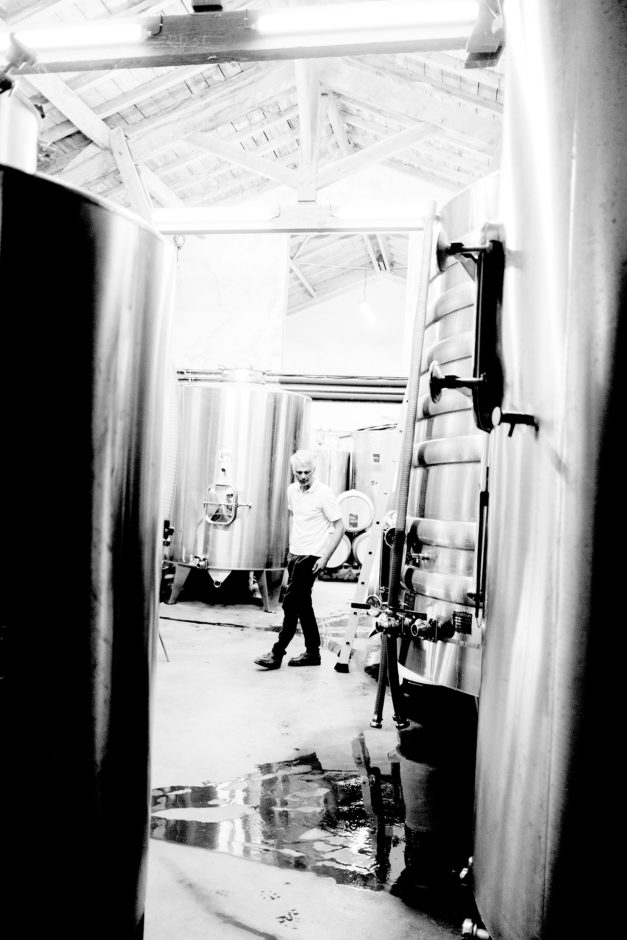10th Aug 2022
In 2010, Jacques Thienpont, owner of the illustrious Pomerol property Le Pin, did something unexpected. He bought a small, unlikely vineyard of around five hectares located on the backroads of Saint-Émilion, on the path down from Troplong-Mondot and en route to Barde-Haut. The estate was formerly known as Château Haut-Plantey; not that many had ever heard of it. Situated next to a run-down barn, the vines were in a poor state. But Jacques saw more than future potential here. He heard a calling from his past.
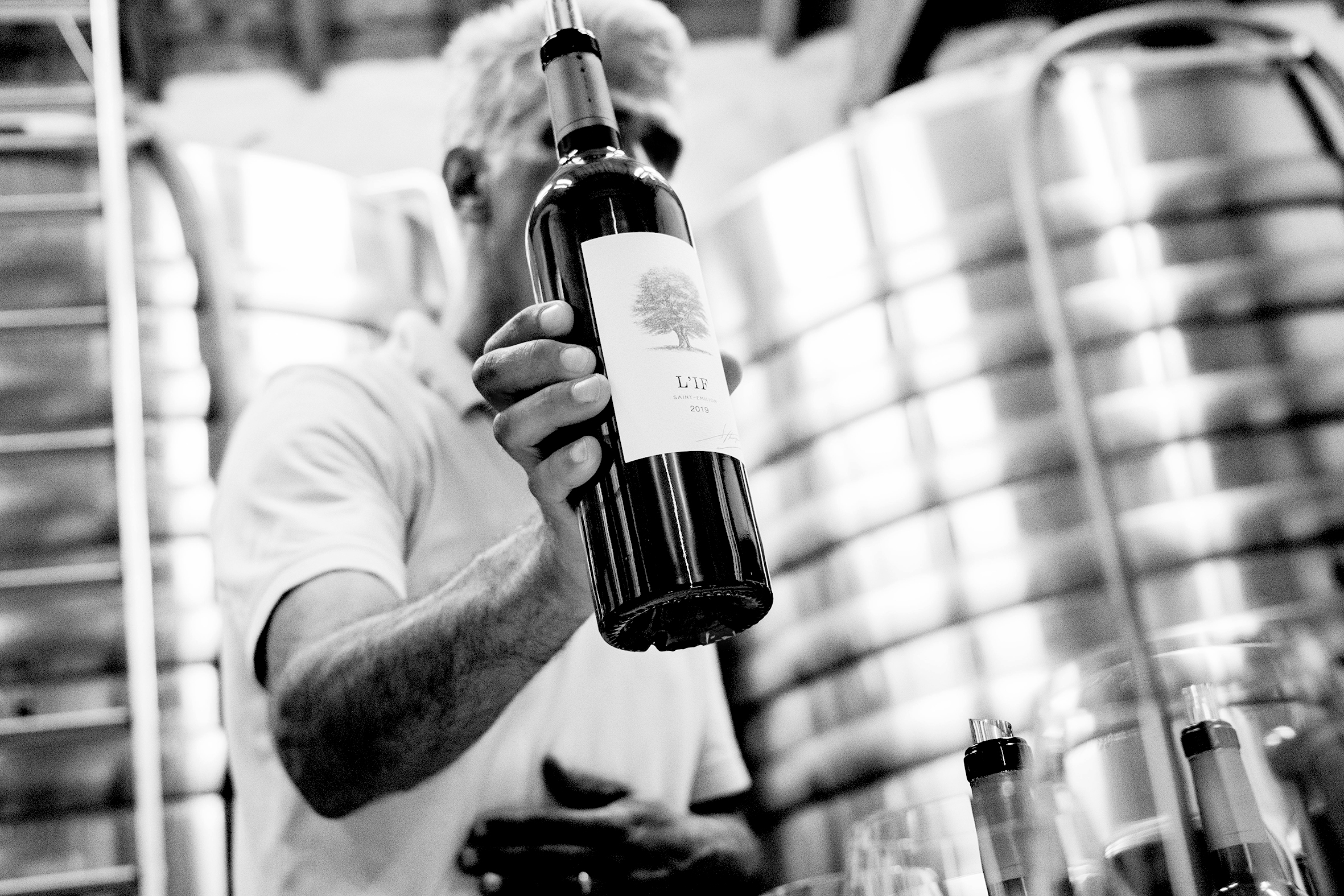
The Calling
“My great grandfather Georges Thienpont used to own Troplong-Mondot,” said L’If’s winemaker Cyrille Thienpont during a recent tasting at the small winery in the renovated barn on the property. Cyrille is the son of Jacques’ cousin, Nicolas Thienpont. “Georges was Jacques’ grandfather. Jacques used to play around this vineyard as a kid. So, when it came on the market, he wanted it. He was looking to start a new project, but he also wanted a piece of our family’s history.”
Anyone who has been to Bordeaux a lot knows that quite a few high-profile Thienponts are knocking about the region. The family had a long history as wine merchants in Belgium before embarking on winemaking in Bordeaux. Georges Thienpont purchased Château Troplong-Mondot in Saint-Émilion in 1921. A few years later, he bought Vieux Château Certan in Pomerol, which is now run by another of his grandsons, Alexandre Thienpont, and Alexandre’s son Guillaume. However, Georges was forced to sell Troplong-Mondot in 1935, during the great depression.
To forge a subtle connection between Le Pin and the new venture, Jacques changed the name of the grand vin to L’If, meaning yew tree in French and calling attention to a tree that grows there. Likewise, Le Pin is named after the pine tree that grows beside that vineyard.
"We don’t think it needs a classification, and we hope people will find the greatness in the wine without having to write any classification on the label."
The vineyard is planted with approximately 70% Merlot and 30% Cabernet Franc, much having been replanted since the acquisition.
“The 2014 was less precise in terms of plot selection,” Cyrille mentioned. “Then, in 2015, we realized that when you blend the fruit from the clays with that of the limestone soils, you get something interesting. But the sandier soils do not match so well; we found this was disturbing the harmony. In 2015, we first had the feeling of entering the place where we wanted to be, of drawing the line about the type of plots to be used in the grand vin.”
“Unfortunately, the 2016 had to be 100% Merlot,” Cyrille continued. “That year, the old Cabernet Franc vines we had were overtaken by esca (a grapevine trunk disease). So, we decided not to use the fruit and to replant Cabernet Franc in another part of the vineyard using mass selection.”
The original Haut-Plantey vineyard was not classified; therefore, L’If is simply labeled a Saint-Émilion. “We decided not to apply for a reclassification,” said Cyrille. “We don’t think it needs a classification, and we hope people will find the greatness in the wine without having to write any classification on the label.”
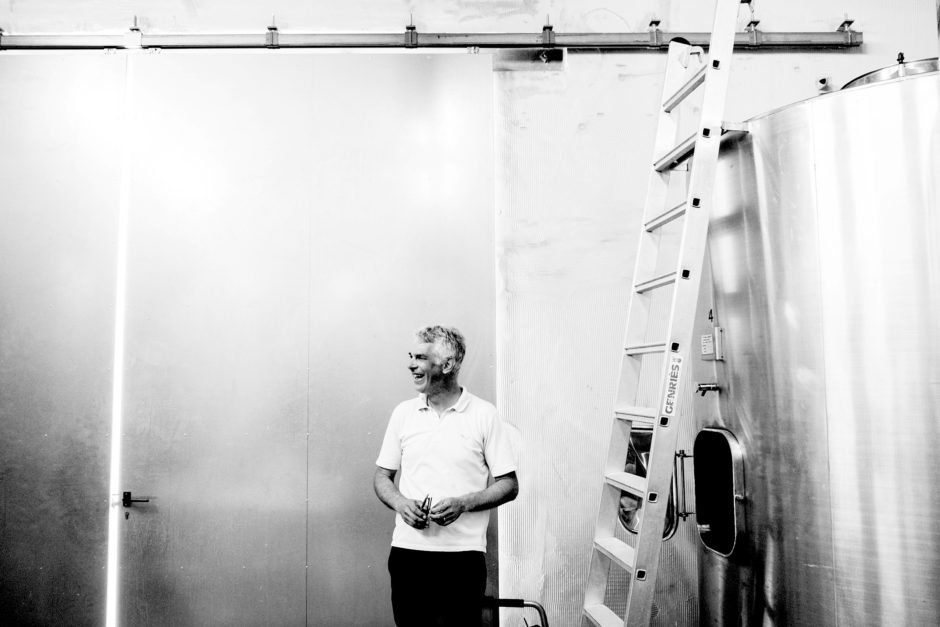
Today, around ten thousand bottles of L’If are produced each year, and they make a second wine named after the original vineyard, Haut-Plantey. Global distribution is via the Place de Bordeaux.
As we came to taste the 2019 vintage, Cyrille shot me a broad smile. “I think the 2019 is even more brilliant, far brighter than the previous vintages,” he said. “I’m also happy with the 2017, but the 2019 is the direction to go. It’s why we’re here.”
Indeed, the 2019 is deliciously remarkable. Like the vineyard, it’s a wine that calls you back.
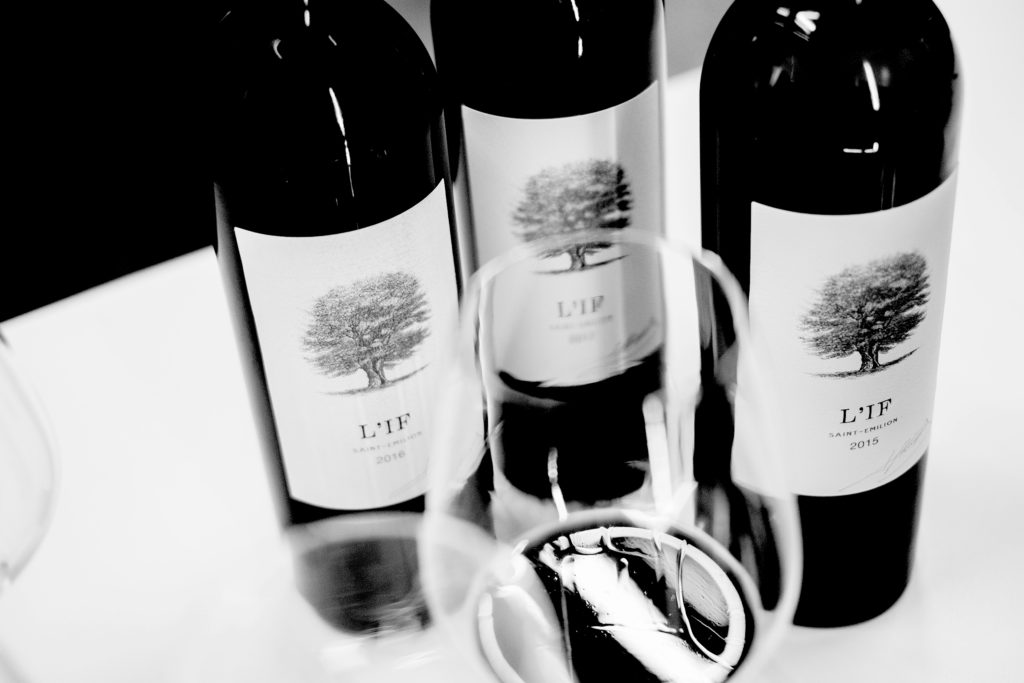
–
Article & Reviews by Lisa Perrotti-Brown MW
Photographs by Johan Berglund

PRODUCERS IN THIS ARTICLE
> Show all wines sorted by scoreMore articles

2021 Bordeaux in Bottle and A Modest Proposal
24th Apr 2024
599 tasting notes

Pilcrow’s New Releases
18th Apr 2024
7 tasting notes
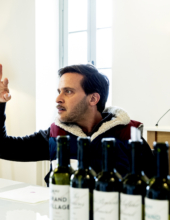
Bordeaux 2023 Primeurs Photo Essay
18th Apr 2024
0 tasting notes
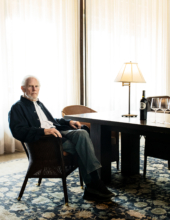
Harlan Estate, BOND, Promontory 2021 and 2011
11th Apr 2024
14 tasting notes
Show all articles
